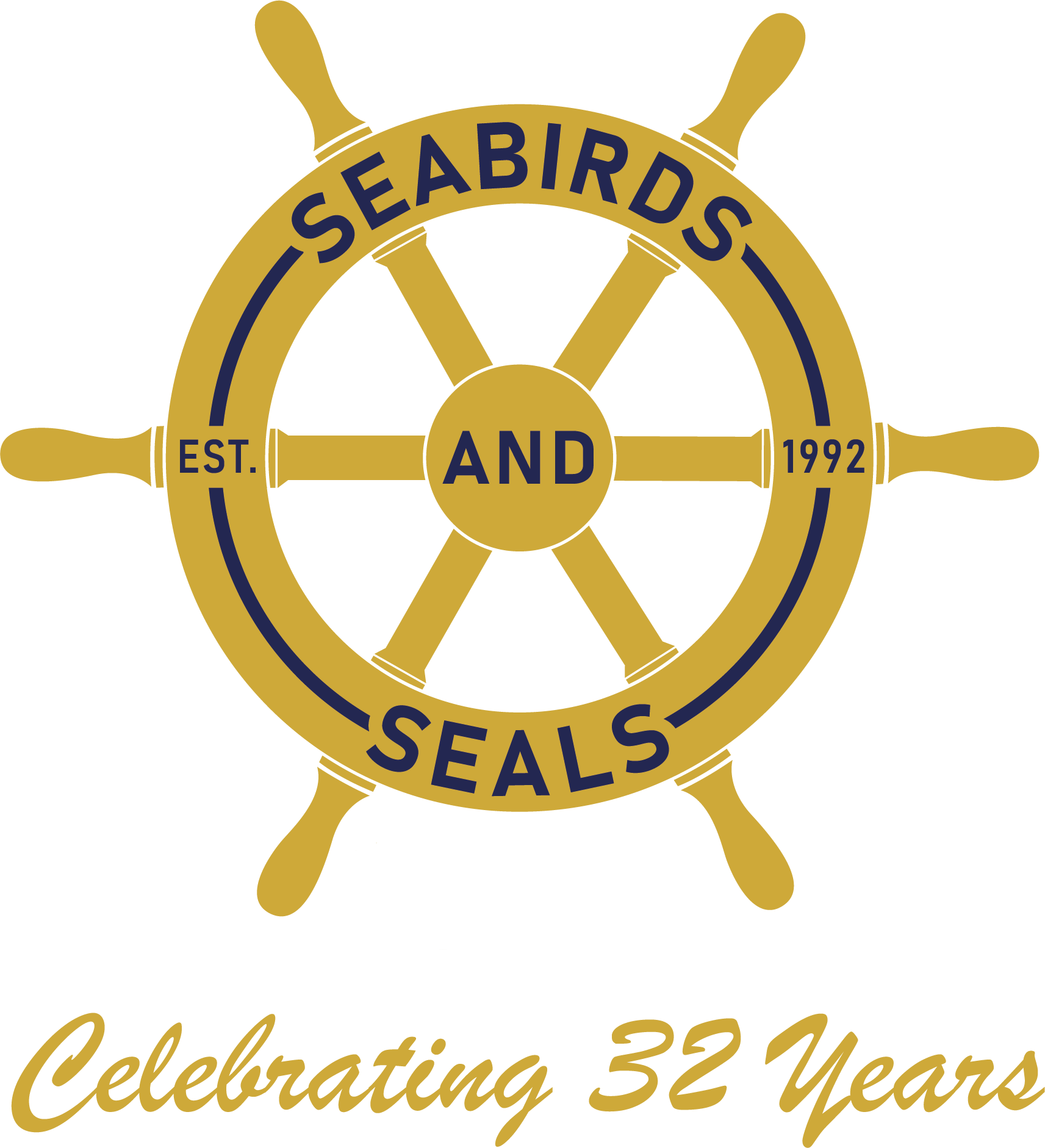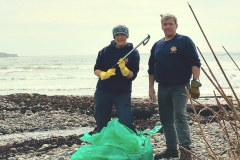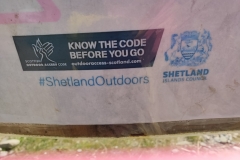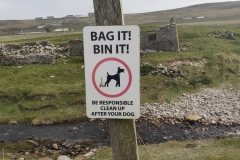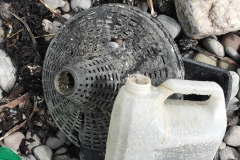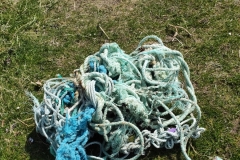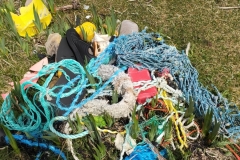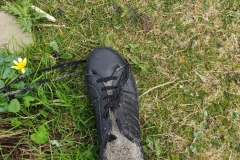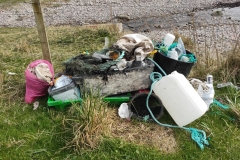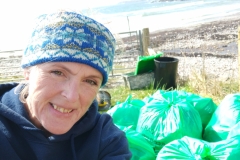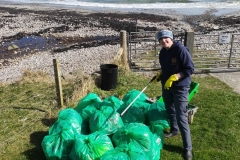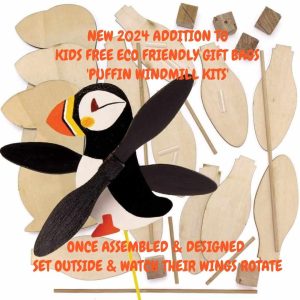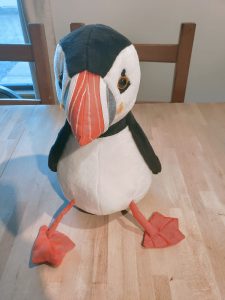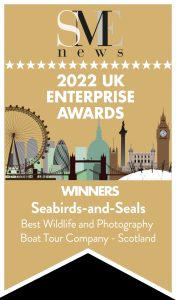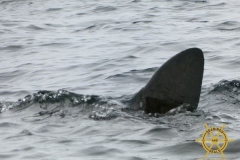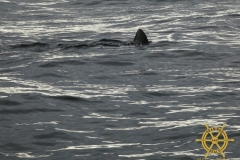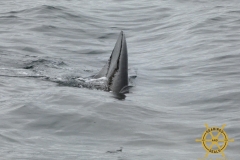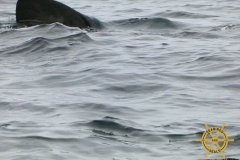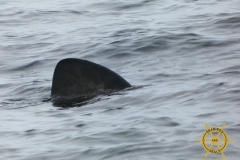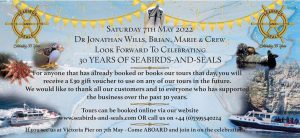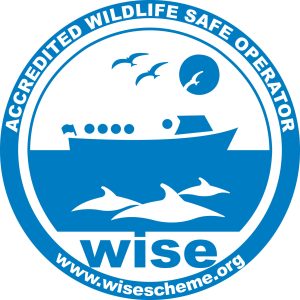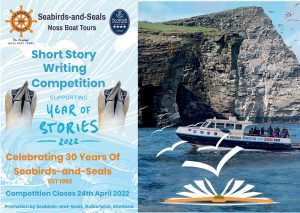The Noss Boat Team recently participated in our yearly ‘Da Voar Redd Up’. All Shetland born and bred, this is a community event that we have been happy to participate in from a young age. We were allocated the Gulberwick Beach and extremely lucky with mostly sunny spells throughout.
We filled 14 green bags and all from our Gulberwick beach. Whilst clearing up, we came across a lot of rope & plastic – this is something we unfortunately encounter during our tours throughout the season, which we remove and dispose of responsibly when ashore. Other finds were: cans, fabric, tupperware tubs, plastic bottles and a brand new shoe. The shoe looks brand new – anyone missing the black shoe shown in the picture. We were expecting to find the other shoe and clothes as thought maybe someone had gone skinny dipping – no chance with the waves crashing in and baltic sea temperatures.
We feel hugely satisfied knowing we have played our part in the community to help protect our rich marine environment.
Da Voar Redd Up is the UK’s most successful community litter-picking event, with around 4,500 people (20% of Shetland’s population) volunteering each year. The Redd Up makes a huge contribution to the protection of Shetland’s natural environment and wildlife, clearing Shetland’s beaches, coastlines and roadsides of litter and the debris washed up by winter storms.
Shetland’s amazing community spring clean has been running for over 31 years. In that time it has cleaned over 1,900 tonnes of bruck (that’s litter or rubbish, for those of you not from Shetland) – we have a saying ‘Dunna Chuck Bruck’.
The direct community action on the global epidemic of litter shows that anyone make a difference and every piece collected matters. We hope you are inspired to start your own Redd Up.

